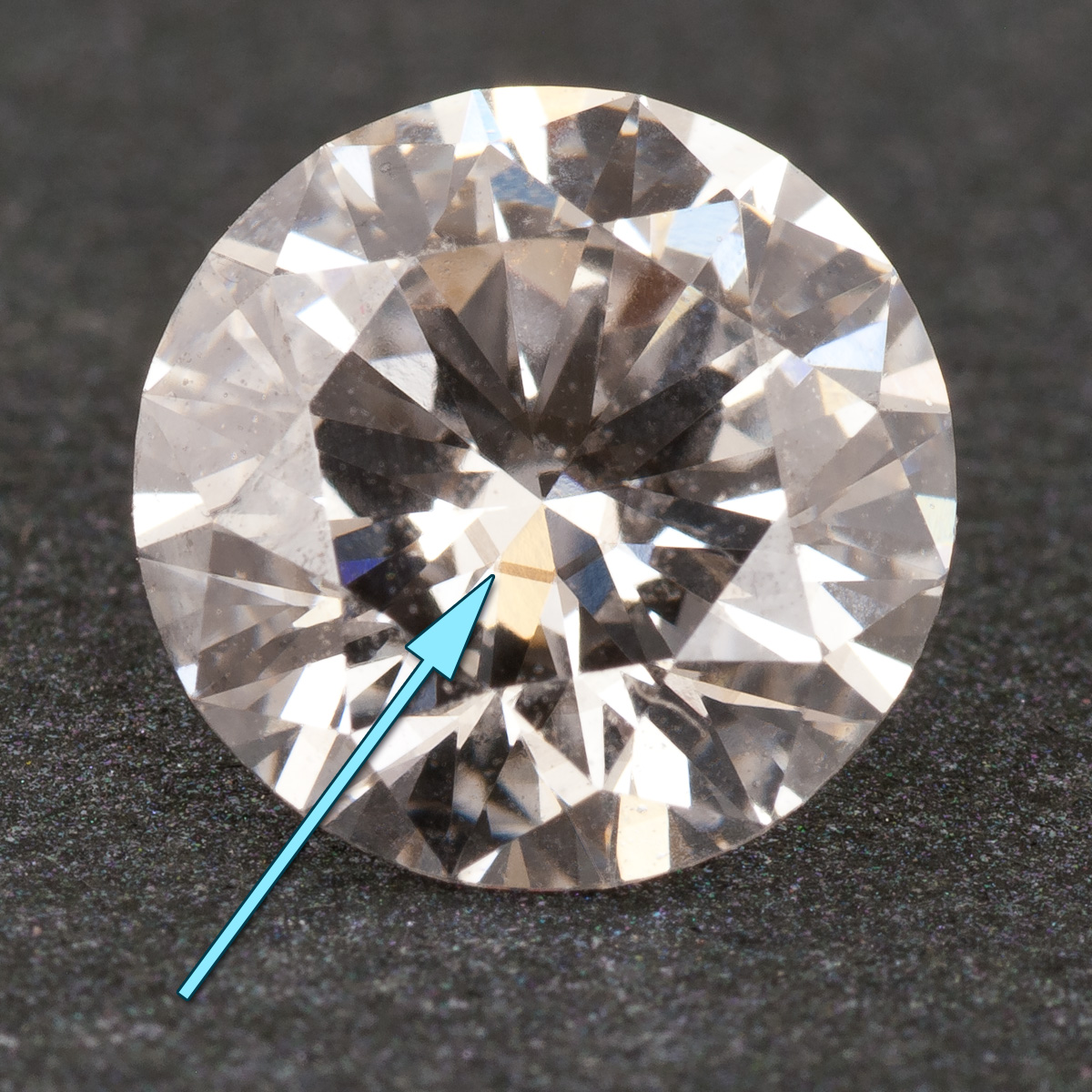When it comes to buying diamonds, there are two major options that consumers often consider: diamond simulants and diamond simulants read. Both of these choices are gaining in popularity due to their ethical and environmental advantages, as well as their stunning appearance. However, it’s important to understand the differences between these two options and what they mean for your next purchase.
Table of Contents
What Are Diamond Simulants?
Diamond simulants are materials that mimic the look of real diamonds but are not made from carbon, like natural diamonds or lab grown diamonds. These simulants are often made from different materials, such as cubic zirconia or moissanite, which can closely resemble diamonds in terms of brilliance and sparkle. However, the key difference lies in their chemical composition and their durability. While diamond simulants can look just as beautiful, they don’t have the same long-lasting qualities as lab grown diamonds or natural diamonds.
Lab Grown Diamonds: The Future of Ethical Jewelry
Lab grown diamonds, on the other hand, are real diamonds. The only difference is that they are grown in a controlled laboratory environment rather than being mined from the earth. This process uses high-tech methods, such as chemical vapor deposition or high-pressure high-temperature methods, to produce diamonds that are virtually identical to those found in nature. Lab grown diamonds are chemically the same as natural diamonds, and they possess the same physical properties, including hardness and brilliance.
The Difference Between Diamond Simulants and Lab Grown Diamonds
It’s important to note that while diamond simulants may look similar to diamonds, they are not diamonds. Diamond simulants are often much more affordable than lab grown diamonds, making them an attractive option for those on a budget. However, lab grown diamonds offer the added benefit of being real diamonds with all the associated value and durability. They are also a more sustainable and ethical choice, as their creation doesn’t involve mining or contribute to environmental harm.
Why Choose Lab Grown Diamonds Over Diamond Simulants?
Choosing a lab grown diamond over a diamond simulant offers numerous benefits. Firstly, lab grown diamonds have the same chemical properties and appearance as natural diamonds, making them an excellent choice for those who want the real thing without the ethical concerns associated with mining. Additionally, lab grown diamonds can be more affordable than their natural counterparts, making them a cost-effective alternative.
Another reason to choose lab grown diamonds is their durability. Unlike diamond simulants, which can scratch and wear down over time, lab grown diamonds maintain their brilliance and clarity for much longer. This makes them a wise investment for those who want a lasting piece of jewelry that will retain its beauty for years to come.
The Environmental Impact: Diamond Simulants vs Lab Grown Diamonds
In recent years, more and more consumers are choosing lab grown diamonds over diamond simulants due to their minimal environmental impact. The process of mining natural diamonds can cause significant damage to ecosystems, often involving harmful practices that lead to deforestation, soil erosion, and water contamination. On the other hand, lab grown diamonds are created using sustainable methods that have little to no impact on the environment. Choosing a lab grown diamond is not only a choice for beauty but also for the planet.
While diamond simulants are often made using synthetic materials, they don’t have the same environmental advantages as lab grown diamonds. Lab grown diamonds provide a more eco-friendly alternative to both mined diamonds and simulants, allowing consumers to enjoy their beautiful jewelry while making a positive choice for the planet.
The Cost Difference: Diamond Simulants vs Lab Grown Diamonds
One of the most significant advantages of diamond simulants over lab grown diamonds is the price. Diamond simulants are often much less expensive than lab grown diamonds, making them an attractive choice for those on a tight budget. While diamond simulants can look similar to diamonds, they lack the value that comes with owning a real diamond. Lab grown diamonds, though more expensive than simulants, offer excellent value for those seeking a genuine diamond without the hefty price tag associated with natural diamonds.
Choosing the Right Option for You
When it comes to choosing between diamond simulants and lab grown diamonds, the decision ultimately depends on your preferences and priorities. If you’re looking for a more affordable option that still gives you the sparkle and shine of a diamond, diamond simulants may be a good choice. However, if you want the real thing with the added benefits of ethical sourcing, sustainability, and long-term durability, lab grown diamonds are an excellent investment.
Both diamond simulants and lab grown diamonds have their place in the market, offering consumers a variety of choices. By understanding the differences between these two options, you can make an informed decision that suits your style, budget, and values.
Conclusion: Diamond Simulants vs Lab Grown Diamonds
In conclusion, diamond simulants and lab grown diamonds each offer unique benefits depending on your needs. While diamond simulants are an affordable alternative that closely resembles real diamonds, they don’t have the same lasting value or environmental benefits that lab grown diamonds offer. Lab grown diamonds, on the other hand, provide an ethical, sustainable, and beautiful option for those seeking a genuine diamond. Whether you choose a diamond simulant or a lab grown diamond, both options offer a way to enjoy stunning jewelry without compromising on style or values.







Diamonds Shapes: Pros and Cons of Different Cuts
When it comes to selecting a diamond for an engagement ring, necklace, or any other piece of jewelry, one of the most significant decisions to make is choosing the right diamond shape. The shape of the diamond influences not only its overall appearance but also its sparkle, brilliance, and the style of the piece. Diamonds […]